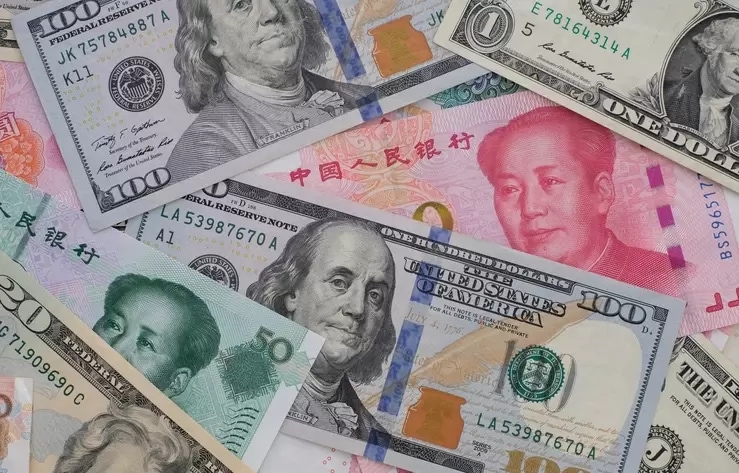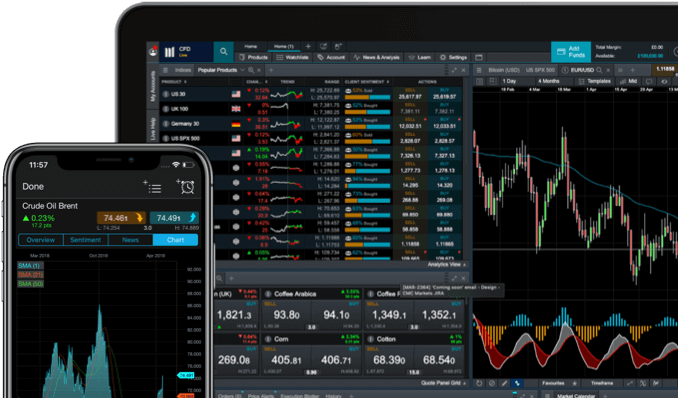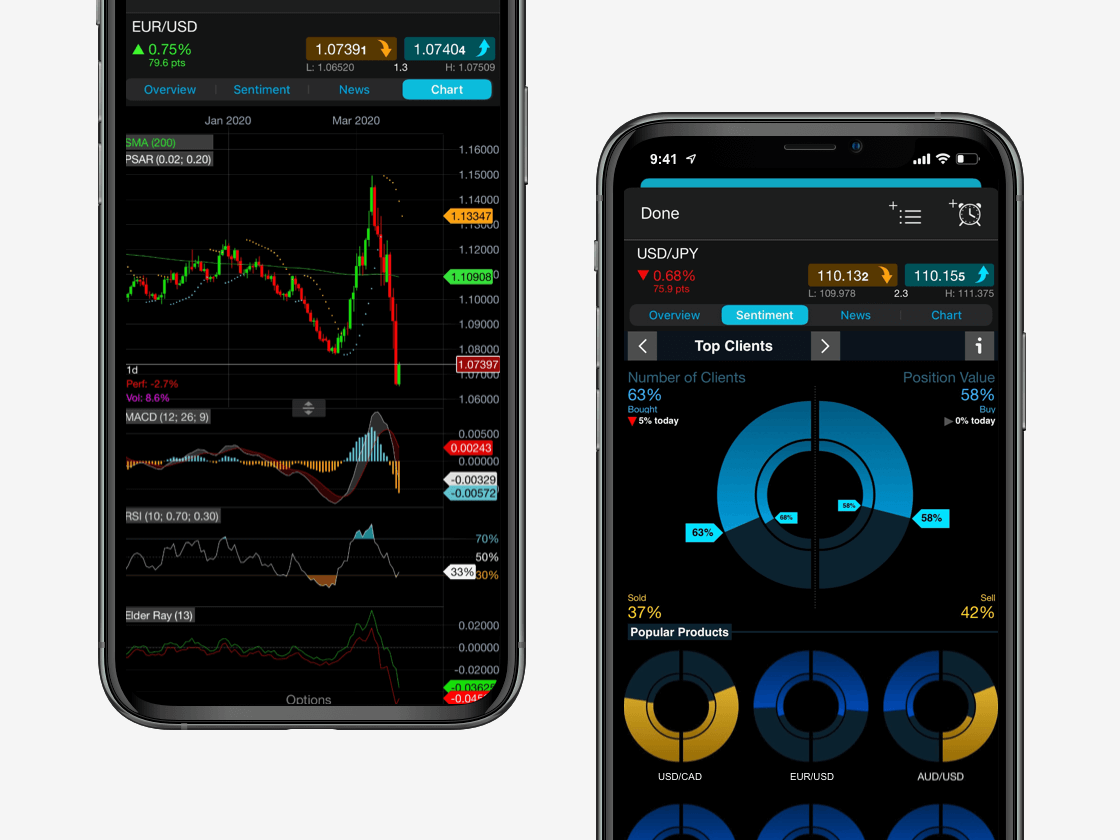A forex forward or futures contract has an expiry date and gets settled at some future date. For example, buying a GBP/USD forward contract locks in a price now, but the contract states the currencies won’t be exchanged until the expiry of the contract.
There are no overnight credit or debits for forwards or futures because the interest rate differential of the currencies in the pair is factored into the price paid for the contract. The price of a forward will therefore be different from the cash price.
Futures and forwards may have higher spreads than spot FX, since they are not as heavily traded due to expiry dates and the price difference from spot.
Futures and forwards are extremely similar. Futures trade through an exchange, while forwards trade off-exchange. At CMC Markets, we offer FX forward contracts but not futures, and we also offer cash instruments that are based on spot FX prices, which we will explore below.


















